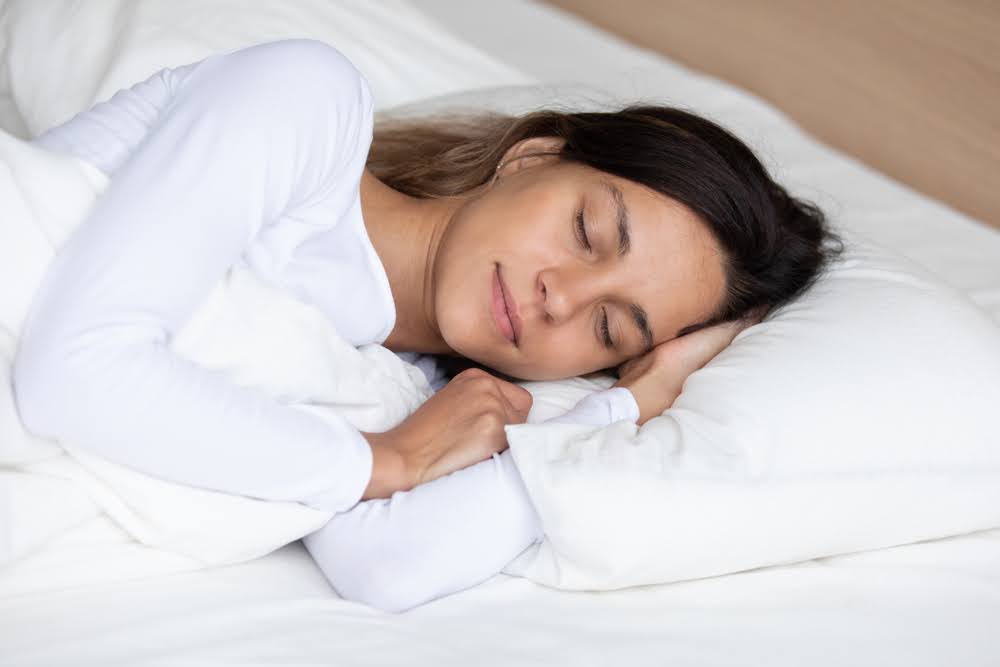
The Science Behind Memory Foam: How It Molds to Your Body
Memory foam has changed the way we sleep. It provides a new level of comfort and support we had never seen before in the industry.
But what’s the science behind this miracle material? We’ll explain how memory foam works and answer questions about durability, weight, and more.
What is Memory Foam?
Memory foam is also known as viscoelastic foam. It was developed by NASA back in the 1960s to make aircraft cushions much safer.
With time, it flowed down into consumer products. Now, you can find mattresses and pillows made of this material.
Key Characteristics of Memory Foam
- Viscoelasticity: It deforms under pressure but can be elastic to return to its original shape once the pressure is removed.
- Temperature Sensitivity: Because of body heat, the memory foam will soften up and mold to conform to the contours of your body.
How Memory Foam Molds to Your Body
Memory foam molds to your body unlike any other mattress material. Here’s how this works:
Pressure Sensitivity
The moment you lie down on a memory foam mattress, your body presses against its surface. The foam compresses under heavier areas of your body, like hips and shoulders, while it provides gentle support to lighter areas of your neck and legs. This pressure redistribution takes off pressure from joints and muscles.
Heat Responsiveness
Memory foam is temperature-sensitive; it softens with the heat from your body as you lie on it. This allows it to contour very closely to your shape, providing a cradling effect that’s great for comfort.
Slow Recovery
Once you get up, memory foam slowly returns to its original shape. This slow recovery is part of what gives memory foam its “memory” characteristic. It remembers the shape of your body for a short time before resetting.
Benefits of Memory Foam Mattresses
Memory foam mattresses come with several benefits for an improved night’s sleep, such as:
Personalized Comfort
The closeness with which memory foam can contour to your body means it provides personalized support that may help reduce nighttime tossing and turning.
Pain Relief
Memory foam can distribute weight evenly across the surface to alleviate pressure points, therefore reducing pain in sensitive areas such as the back, hips, and shoulders.
Motion Isolation
Memory foam absorbs motion, rather than transferring it throughout the bed. This is one of the best features of memory foam for couples because one person moving around will not as easily disturb the other.
Hypoallergenic Properties
Many foams are hypoallergenic. This means they’re resistant to allergy-causing culprits such as dust mites.
How Long Does a Memory Foam Mattress Last?
How long a memory foam mattress lasts depends on several factors. These include, but are not limited to:
Quality of Materials
The higher the quality of the memory foam, the longer the mattress will last. In that regard, density often plays a big role: the denser the foam, the more durable it is.
Usage
How a mattress is used affects its lifespan. One that is slept on every night will not last as long as one used only occasionally in a guest room.
Maintenance
Proper care will go a long way to extending the life of your mattress. Regular turning and wearing a mattress protector will protect it against erosion.
On average, a well-looked-after memory foam mattress can last anywhere between 6 to 10 years.
How Much Does a Memory Foam Mattress Weigh?
Various factors determine the weight of a memory foam mattress, including:
Size
Larger mattresses weigh more, of course. For example, a king-size mattress is going to weigh more than a twin or full-size mattress.
Density
Density does play a role in weight as well. Higher-density foams weigh more, yet provide better support and are longer-lasting.
Layers
Most of the modern memory foam mattresses contain several layers. Base layers provide the supportive region, while top layers are softer for comfort. Each layer adds up the weight.
In general, memory foam mattresses can weigh from 40 pounds for a twin-sized to upwards of 100 pounds or more for a king-size.
Caring for Your Memory Foam Mattress
To get the most out of your memory foam mattress, consider these care tips:
Regular Rotation
Rotate your mattress every few months to promote even wear. This can also help in preventing sagging and extend its lifespan.
Use a Mattress Protector
A waterproof mattress protector can help protect your mattress from spills, stains, and allergens.
Avoid Extreme Temperatures
The memory foam is temperature-sensitive. Avoid placing your mattress in extremely hot or cold conditions since this can affect its performance.
The Science of Memory Foam Mattresses
With their viscoelastic properties, memory foam mattresses ultimately blend comfort and support.
Understand how they work, take proper care of them, and you will be sleeping comfortably for years.
Whether you’re seeking recovery from pain or a more comfortable sleeping experience, consider trying a high-quality memory foam mattress.
